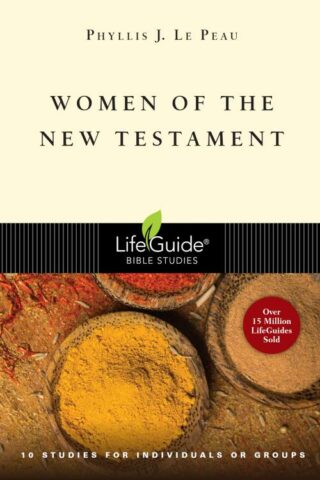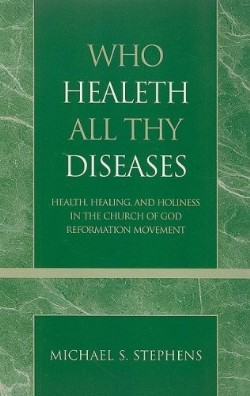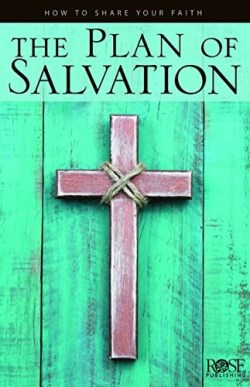Michael Stephens
Showing the single result
-
Who Healeth All Thy Diseases
$170.00Who Healeth All Thy Diseases is a history of divine healing and 19th-century health reform in the Church of God, one of the earliest and most influential pre-Pentecostal radical holiness movements. The Church of God taught that Wesleyan entire sanctification was creating a visible unity of saints that restored the New Testament church of the apostles.
As the movement grew and experimented with the implications of visible sainthood, physical healing-miraculous divine healing and the physical perfectionism of health reform-became integral to the life and theology of the Church of God, shaping everything from proof of membership and evidence of ministerial authority to childrearing practices and acceptable clothing styles. Physical healing manifested and embodied the movement’s claim that God was healing the universal church (the Body of Christ) by cleansing individuals from the corruption of inbred sin. By 1902, the prevailing opinion in the Church said that divine healing was an essential aspect of the gospel, use of medicine was sinful, and every minister had to exhibit the gifts of healing.
In the early 20th century, the Church’s theology and practices of healing became increasingly problematic. Tragic failures of divine healing, epidemics, medical advances, court trials, mandatory inoculations of schoolchildren, and general opprobrium combined to prevent a simplistic equation of the Church of God and the church of the apostles. By 1925, the Church had reversed its radical, anti-medicine doctrines. Church members continued to affirm that Jesus answered prayers for healing, but they no longer claimed to know exactly how he would answer prayers. With that loss of certainty, healing lost its power to serve as evidence of holiness and its central place in the history of the Church of God.
Add to cartin stock within 3-5 days of online purchase










